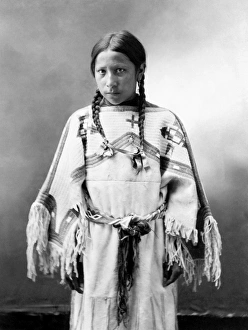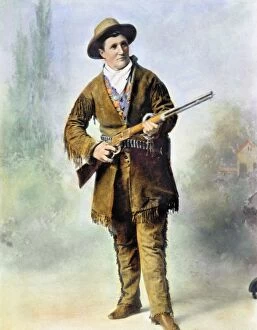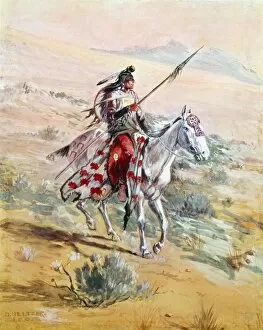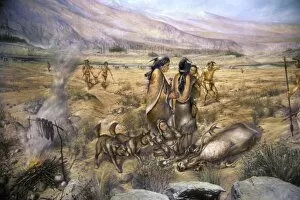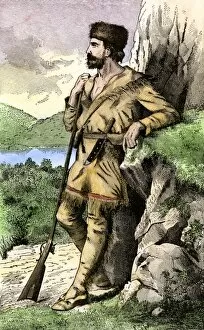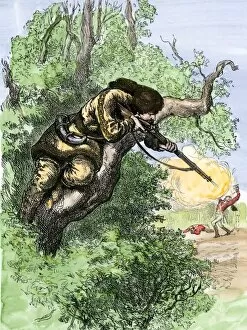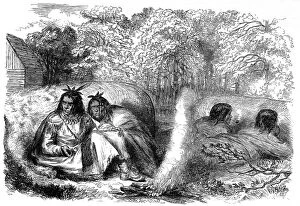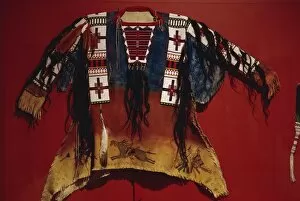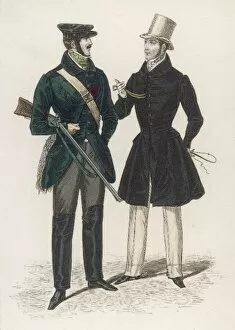Buckskin Collection (page 7)
"Buckskin: A Symbol of Courage, Resilience, and Heritage" In the annals of history, buckskin emerges as a powerful symbol embodying courage, resilience, and heritage
All Professionally Made to Order for Quick Shipping
"Buckskin: A Symbol of Courage, Resilience, and Heritage" In the annals of history, buckskin emerges as a powerful symbol embodying courage, resilience, and heritage. From the American Revolution to the Old West and Native American tribes, this versatile material has played an integral role in shaping countless narratives. One such tale takes us back to South Carolina during the American Revolution. Laodicea Dicey Langston stands tall as she protects her elderly father from Loyalist troops. Clad in buckskin attire, she becomes a beacon of defiance against oppression. The image of a Crow chief donning buckskin evokes visions of strength and leadership. With every stride he takes across his ancestral lands, he carries with him the wisdom passed down through generations. Davy Crockett's rugged spirit comes alive in wood engravings from 1883. As an iconic frontiersman draped in buckskin garments, he embodies the adventurous spirit that defined America's expansion into uncharted territories. Even advertisements for Raoul Shoe Company in 1912 recognized the enduring appeal fashion. It became synonymous with durability and style for those seeking authenticity amidst changing times. In the vast landscapes of the Old West, mountain men relied on their trusty buckskins to withstand harsh conditions while exploring untamed wilderness. Their survival depended on their ability to adapt - just like their resilient clothing choice. Native American chiefs adorned themselves with ceremonial buckskin attire that spoke volumes about their tribal identity and cultural significance. Little Plume (Piegan), Buckskin Charley (Ute), Geronimo (Chiricahua Apache), Quanah Parker (Comanche), Hollow Horn Bear (Brul Sioux), and American Horse (Oglala Sioux) proudly wore these garments as symbols of honor and tradition captured by Edward S. Curtis' lens around 1900.



